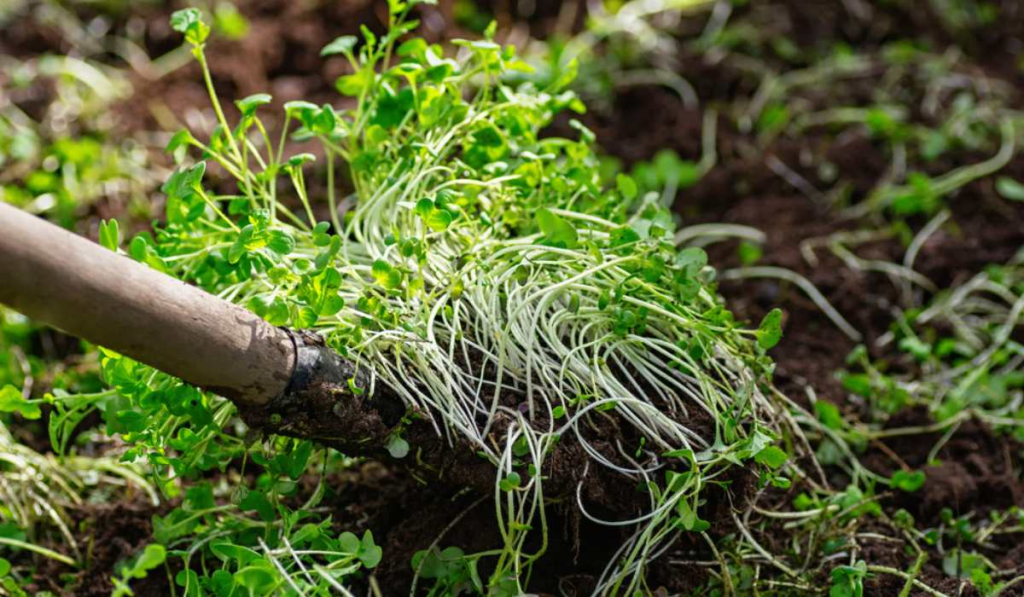In the age of industrial farming and synthetic inputs, it’s easy to forget how farmers sustained crop productivity for centuries—using organic manure. Today, as we face rising fertilizer costs, declining soil fertility, and mounting environmental issues, organic manure is no longer an outdated method; it’s a modern necessity.
For students of B.Sc. Agriculture and those preparing for Master’s entrance or PSC exams, understanding the nature, types, and impact of organic manures isn’t just textbook theory—it’s core knowledge for tomorrow’s sustainable farming leaders.
What Exactly Is Organic Manure?
At its core, organic manure is plant or animal-based material that decomposes to release nutrients into the soil. It doesn’t just “feed” the plants—it rejuvenates the soil. Unlike synthetic fertilizers that offer instant results with long-term side effects, organic manures work holistically, improving soil structure, fertility, and microbial life.
Whether in the form of farmyard manure, compost, vermicompost, or green manure, these natural inputs are becoming vital in modern agriculture—not just because they’re sustainable, but because they work.

Why Organic Manures Still Matter in 2025
It might seem surprising in this era of precision agriculture and satellite farming, but organic manure continues to be relevant—and necessary. Here’s why:
1. They’re Cost-Effective and Farmer-Friendly:
Chemical fertilizers are expensive, especially for smallholder farmers. Organic manures can be prepared on-farm using livestock waste and crop residues, reducing input costs significantly.
2. They Fight Soil Acidity and Nutrient Loss:
Overuse of nitrogen fertilizers can cause soil acidity and nitrate leaching, leading to polluted water and even health issues like blue baby syndrome. Organic manure buffers pH and holds nutrients in the root zone.
3. They Feed the Soil, Not Just the Plant:
Organic matter from manure improves soil structure, aeration, and water retention. This leads to better root development and drought resistance.
4. They’re the Engine Behind Sustainable Farming:
When Mexico’s wheat revolution happened, it wasn’t just the seed—it was the improved response to inputs like fertilizer and irrigation. Quality organic manures can similarly act as a carrier of new technology in today’s climate-smart agriculture.
Types of Organic Manures You Should Know
Bulky Organic Manures are low in nutrients but high in volume. They include:
- Farmyard manure (FYM): A mix of dung, urine, fodder residue. NPK ratio approx. 0.5:0.25:0.5. It improves soil texture and microbial life.
- Compost: Made from decomposed plant material and organic waste. Composting can be done at household or community level.
- Vermicompost: Created using earthworms like Pheretima posthuma. It’s richer in nutrients—around 3% N, 1% P₂O₅, and 1.5% K₂O.
- Animal manures: Goat, sheep, and poultry droppings are nutrient-dense and faster-acting than FYM.
- Night soil and sewage sludge: Human waste, when processed correctly, is high in NPK but needs strict handling protocols to avoid health risks.
Concentrated Organic Manures have higher nutrient content and are applied in smaller doses:
- Oil cakes: Like mustard or neem cakes.
- Bone meal, blood meal, meat meal: Rich in phosphorus and nitrogen, ideal for root crops and high-nutrient-demand plants.
Green Manuring: Nature’s Soil Tonic

Green manure refers to crops like dhaincha or glyricidia that are grown and plowed back into the soil before they mature. These crops are rich in nitrogen and organic matter, making them perfect for improving depleted soils.
Benefits:
- Prevent erosion and nutrient runoff.
- Improve soil aeration and water holding.
- Recycle deep-soil nutrients for the next crop.
- Fix nitrogen (if leguminous), reducing dependency on urea.
Limitations:
- Require sufficient water for decomposition.
- May increase pest/disease risk if not managed well.
- Can displace a cash crop cycle in short growing seasons.
An ideal green manure crop is fast-growing, leafy (not woody), leguminous, and has a deep root system to draw nutrients up from lower soil horizons.
The Nepal Context: Why FYM Isn’t Enough Yet
Despite livestock being integral to rural Nepal, Farmyard Manure (FYM) isn’t being utilized efficiently. Here’s why:
- Dung is often dropped in open grazing areas and not collected.
- Farmers dry it into cakes for fuel instead of using it as manure.
- Urine, a major nitrogen source, is rarely captured or conserved.
- Manure isn’t composted properly and is often leached or dried, leading to nutrient losses.
To change this, farmers must be trained in scientific composting and nutrient conservation techniques, supported by local cooperatives and extension services.
A Word to Agriculture Students
If you’re studying for B.Sc. Ag. or preparing for competitive exams, expect to see questions on:
- Classification of manures
- Nutrient contents of FYM vs. compost vs. vermicompost
- Advantages and limitations of green manure
- Organic vs. inorganic input comparison
This is not just rote knowledge—it’s the basis for building a more resilient food system.
Final Thoughts
Organic manures are more than just “waste recycling.” They are the cornerstone of climate-resilient agriculture, capable of reducing input costs, restoring soil health, and securing long-term productivity. Whether you aim to work in research, development, or agri-entrepreneurship, this is one topic you can’t afford to ignore.
To explore this topic in greater depth—including visuals, quizzes, and real-farm case studies—enroll in our full Agronomy module at Pedigogy.com. Learn from content that’s curated with both academics and agriculture careers in mind here: https://pedigogy.com/courses/learn-principles-of-agronomy-with-rahul/


